Imagine a bird so powerful, it could lift a small child into the air, its shadow sweeping across the land like a living myth. The Haast’s eagle was that bird—a predator so massive and formidable, it has inspired centuries of awe, fear, and speculation. Extinct for over 500 years, this awe-inspiring raptor once ruled the skies of New Zealand, hunting with a ferocity that still captures the imagination today. But how real are the stories of it snatching sheep, or even humans? The truth behind the Haast’s eagle is even more incredible than legend suggests.
Meet the Giant: What Was the Haast’s Eagle?
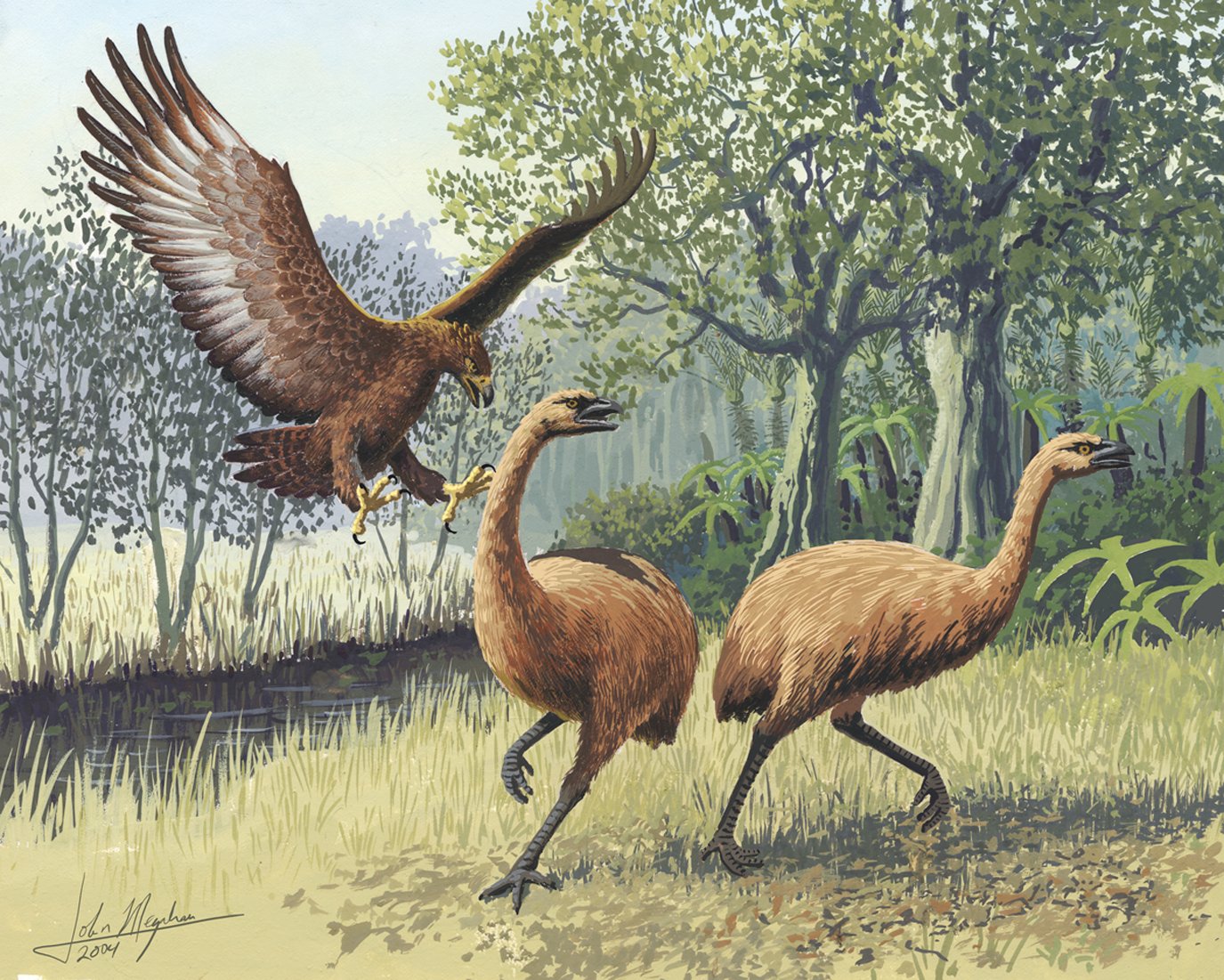
The Haast’s eagle (Hieraaetus moorei) was not just any bird of prey; it was the largest eagle ever known to have existed. Weighing up to 15 kilograms (about 33 pounds) and boasting a wingspan that could reach nearly three meters, this raptor dwarfed today’s largest eagles. Its talons were as big as a tiger’s claws, perfectly designed for seizing and crushing prey. Living exclusively in New Zealand’s South Island forests, the Haast’s eagle dominated an ecosystem unlike any other, where birds took the place of mammals as top predators and prey. To see one in flight would have been terrifying and mesmerizing—a real-life monster soaring overhead.
The Lost World of New Zealand’s Megafauna
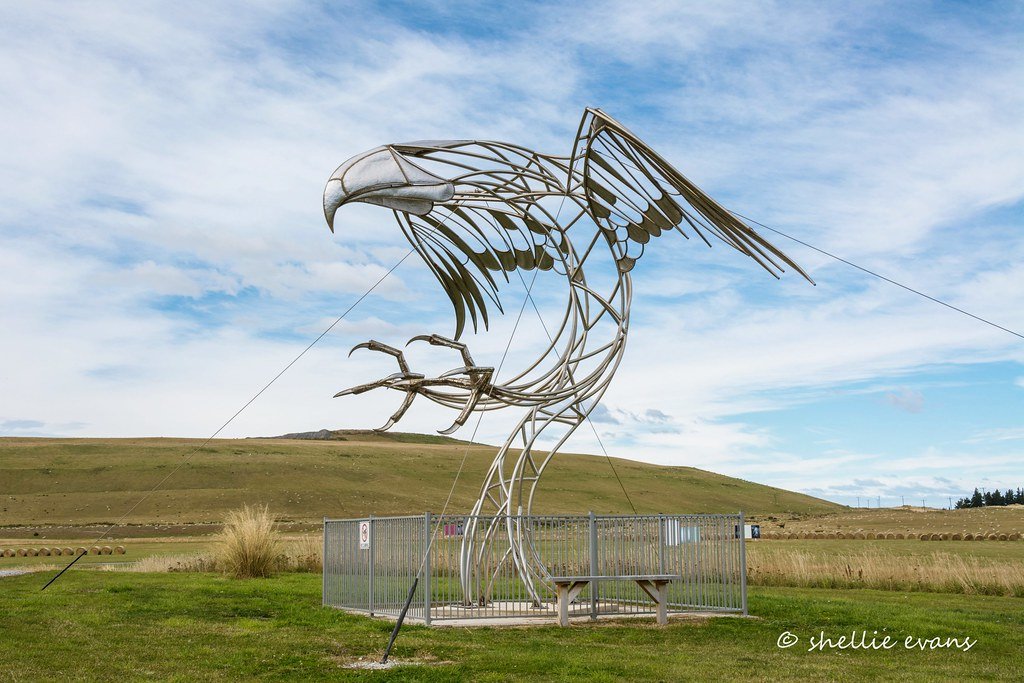
New Zealand was a land without land mammals, except for bats, before humans arrived. This unique absence led birds to evolve into giant forms to fill ecological roles. The Haast’s eagle’s main prey was the moa, a colossal, flightless bird that could weigh more than 200 kilograms. With no large land predators to challenge it, the eagle became the apex hunter. The landscape was a patchwork of dense forests and open shrublands, providing both cover for ambush and clearings for pursuit. The ecosystem was a delicate balance, and the Haast’s eagle sat firmly at the top.
Hunting Techniques: Nature’s Deadliest Dive
The Haast’s eagle was a master of ambush. Using keen eyesight, it would spot prey from high above or from a concealed perch. When a target was in range, the eagle would launch itself at incredible speeds, tucking its wings to become a missile. Its strike was precise, driving razor-sharp talons deep into the back or neck of its prey—sometimes with enough force to break bone instantly. This attack method, paired with raw strength, made the eagle capable of felling animals far heavier than itself, including full-grown moas. The violence and efficiency of its hunting style set it apart from any modern bird of prey.
Could Haast’s Eagle Really Snatch a Sheep?
When European settlers brought sheep to New Zealand in the 19th century, the Haast’s eagle was already extinct. But scientific reconstructions suggest that this bird could have lifted and carried prey weighing up to half its own body weight—or more, if only for short distances. A lamb or small sheep would not have been beyond its capabilities, especially if attacked on open ground. The idea of sheep disappearing into the sky may sound fantastic, yet it is rooted in the eagle’s extraordinary anatomical prowess. The power in its legs and grip was unmatched, making such feats entirely plausible.
The Human Factor: Myths, Legends, and Possible Attacks
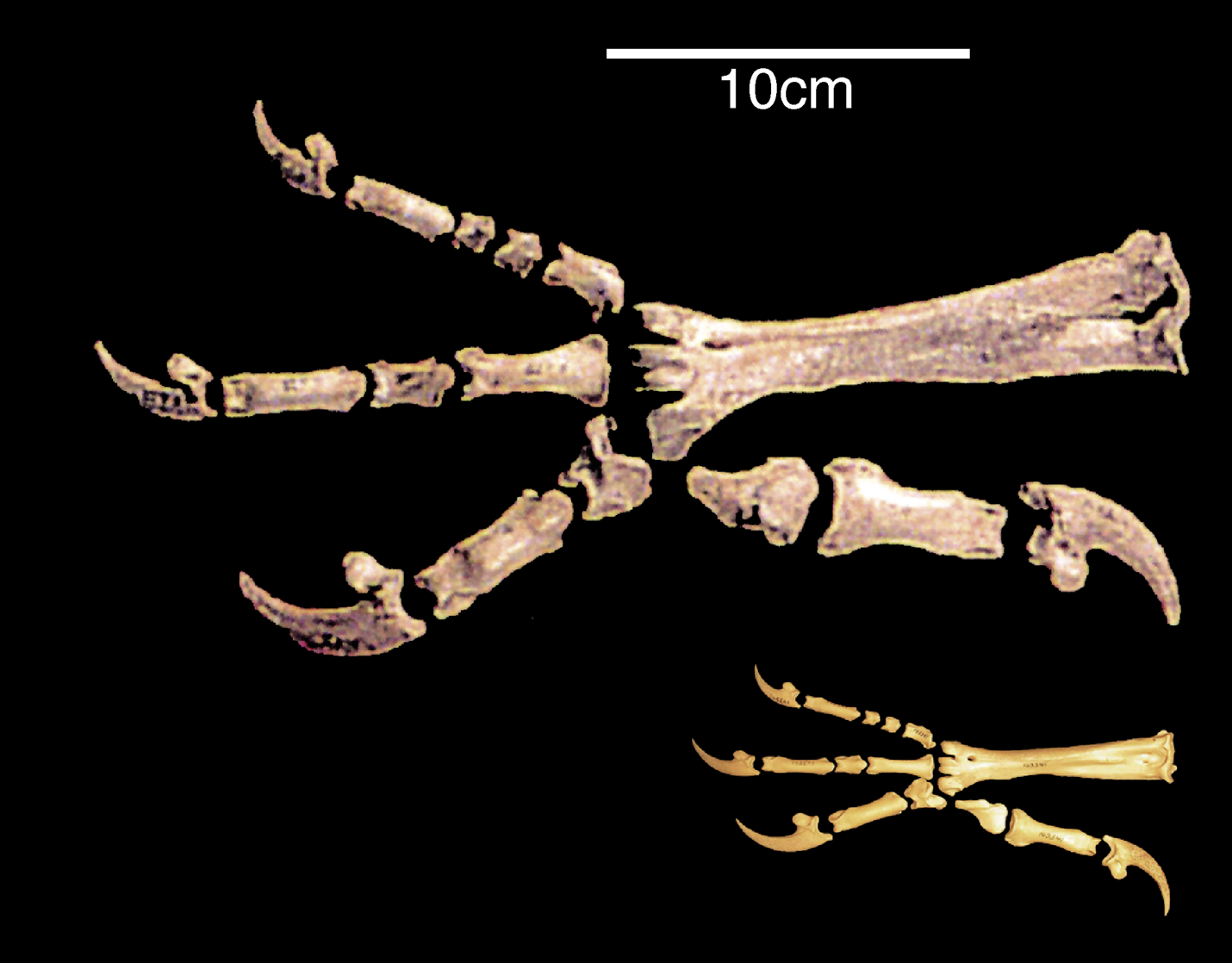
Stories from Māori oral tradition speak of a gigantic bird, the pouakai or hokioi, that could kill humans. Some legends describe children being snatched away and even adults being attacked in the wild. While direct evidence is lacking, the Haast’s eagle certainly possessed the size and strength to at least injure a person. The connection between the eagle and these tales is so strong that many scientists believe the pouakai legends were inspired by real encounters. In a world where children wandered near dense forests and giant eagles soared above, the fear was not unfounded.
Feeding Habits: Appetite of a Giant
The Haast’s eagle needed a lot of food to maintain its formidable bulk. After a successful kill, it would feast for hours, tearing flesh with its hooked beak and powerful talons. Its diet was dominated by moas, but it likely also hunted other large birds and scavenged when opportunities arose. The eagle’s digestive system was adapted to process large amounts of meat, and it could go days without feeding if it made a big catch. The need for such substantial meals meant it played a crucial role in controlling prey populations, shaping the entire ecosystem around it.
Anatomy of Power: Wings, Talons, and Beak
Everything about the Haast’s eagle was built for domination. Its wings were shorter and broader compared to other large eagles, an adaptation for maneuvering through dense forests rather than open skies. The talons were curved and incredibly strong, enabling the bird to grip and immobilize even the largest prey. Its beak, sharply hooked and robust, could tear through tough hides and muscle with ease. These physical traits made the eagle not only a deadly hunter but a symbol of nature’s power and adaptability.
Extinction: The End of a Giant
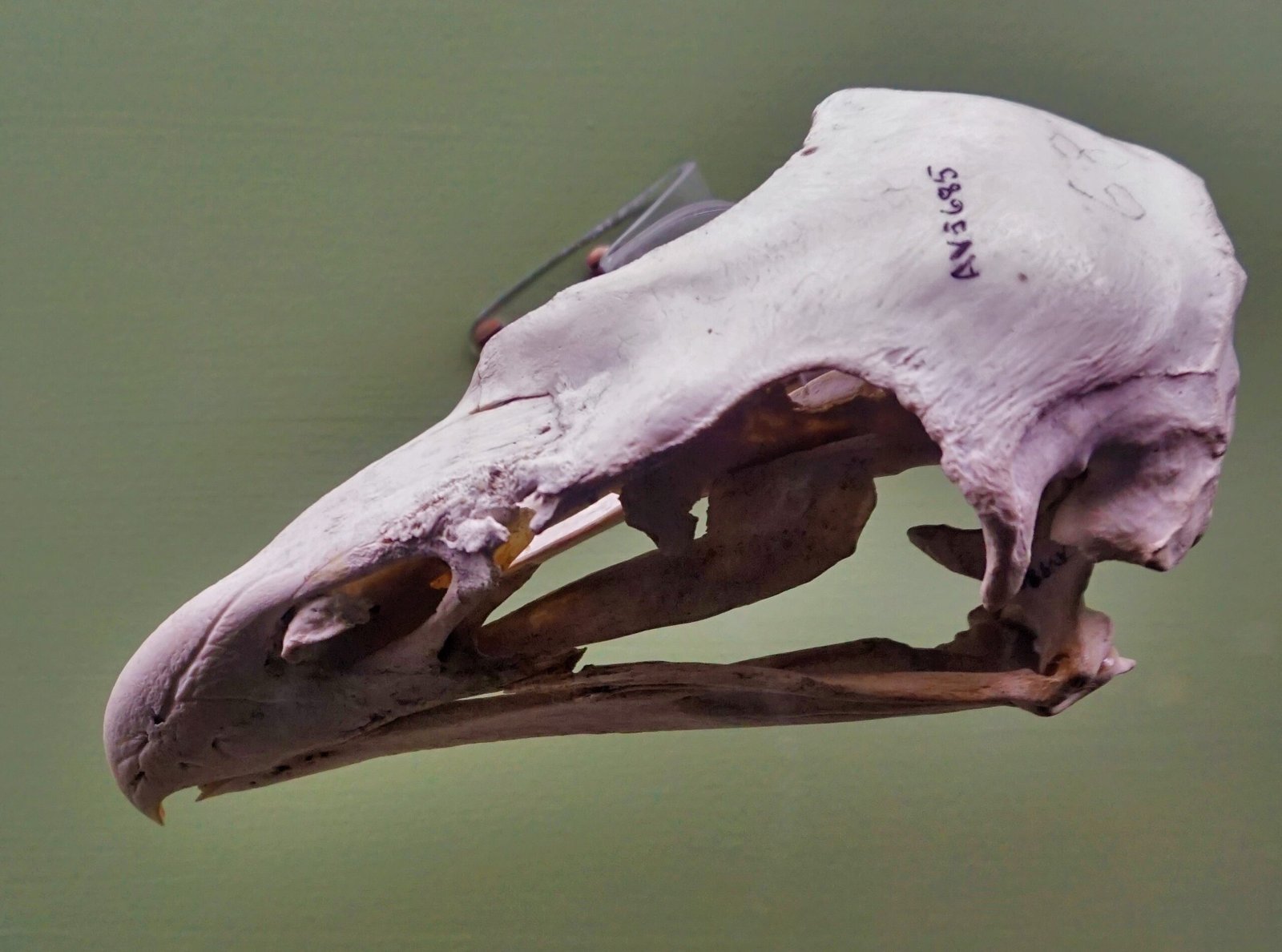
The Haast’s eagle vanished from New Zealand within a few centuries of human arrival, around the 15th century. The primary cause was the rapid extinction of the moa due to hunting and habitat destruction by the first Māori settlers. Without its main food source, the eagle could not survive. This loss was compounded by deforestation and the introduction of other predators and competitors. The disappearance of the Haast’s eagle marked the end of a unique chapter in New Zealand’s natural history—a poignant reminder of how quickly human actions can reshape the world.
Modern Scientific Discoveries and Insights
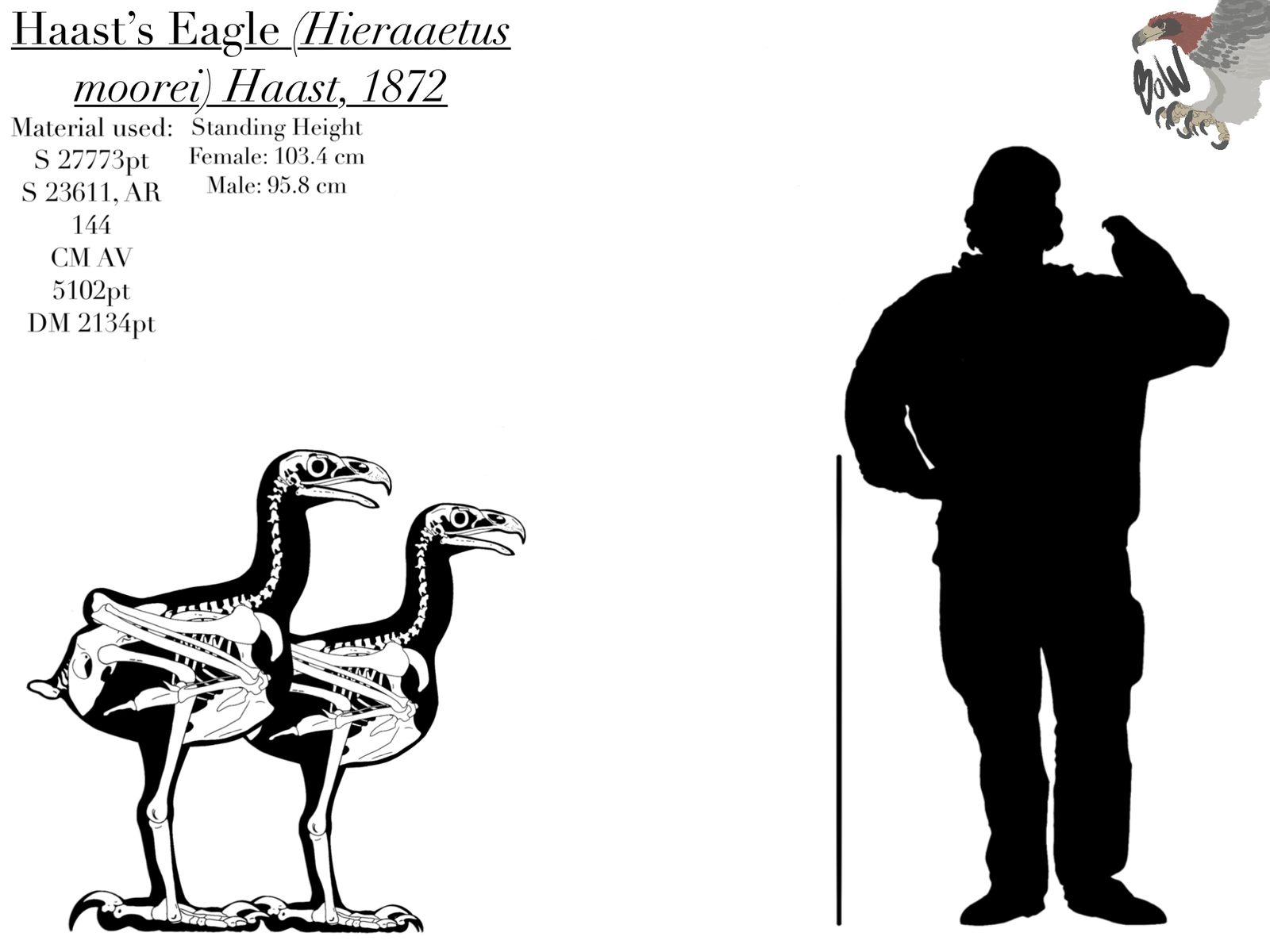
Recent advances in genetic analysis and bone study have shed new light on the Haast’s eagle’s life and behavior. Scientists have reconstructed its flight patterns, feeding strategies, and even its appearance using DNA from ancient bones. These findings reveal a bird more closely related to modern eagles and hawks than to vultures, despite its size. The research also underscores the speed and scale of the ecosystem’s collapse after human arrival. Each new discovery adds depth to our understanding, making the story of this lost predator even more compelling.
The Haast’s Eagle in Popular Culture
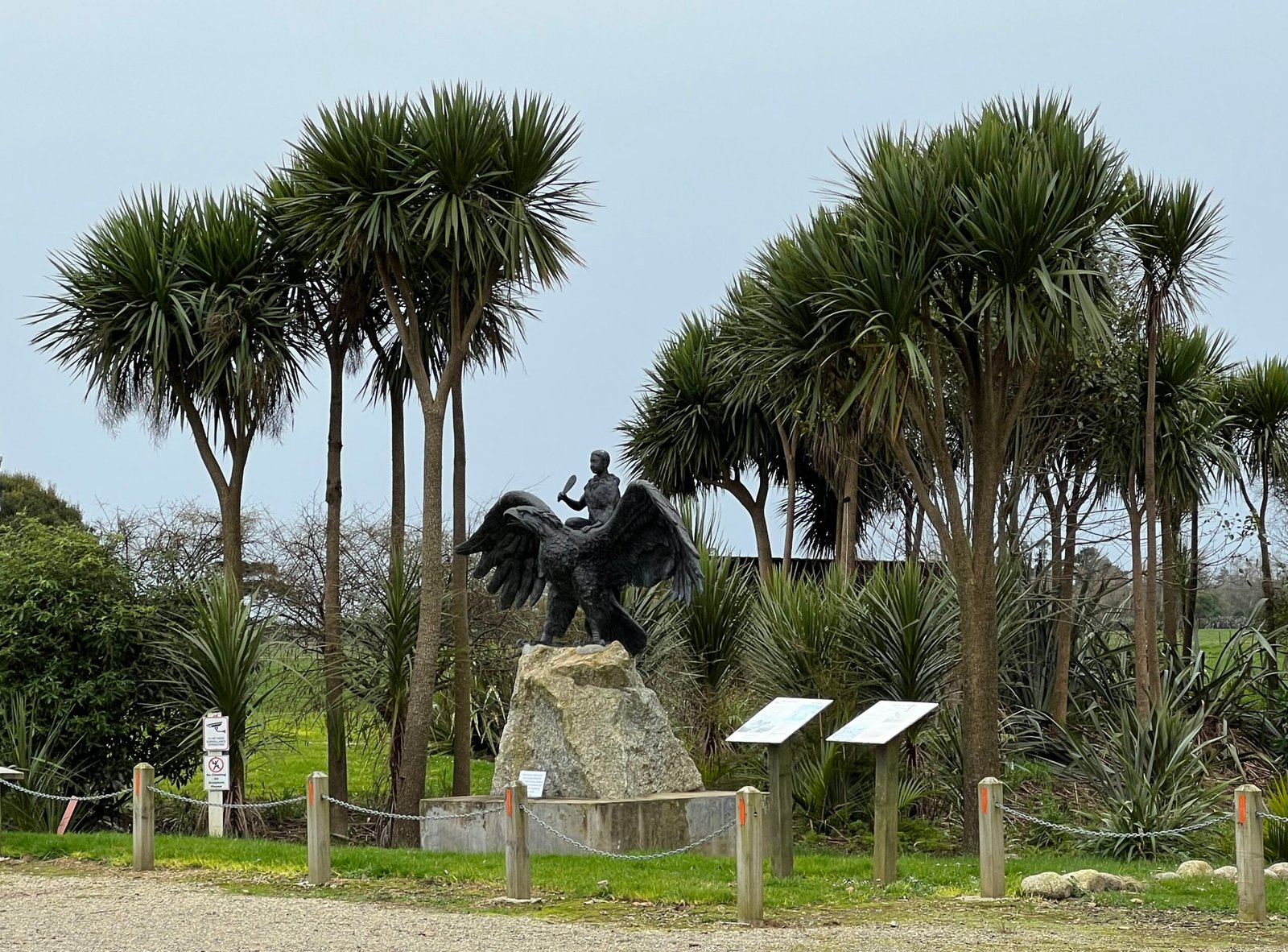
The legend of the Haast’s eagle continues to capture imaginations around the world. It features in documentaries, novels, and even artworks that celebrate New Zealand’s rich natural heritage. The fearsome bird has become a symbol of both the power and fragility of nature—an icon for conservationists and storytellers alike. Its image adorns museum exhibits and inspires awe in those who learn about its reign. Through these cultural echoes, the Haast’s eagle lives on, reminding us of the wonders that once soared above us.
Why the Story of Haast’s Eagle Still Matters
The tale of the Haast’s eagle is more than just a story about a giant bird; it is a lesson in the interconnectedness of life and the risks of careless change. Its rise and fall illustrate how a single species can shape an entire ecosystem, and how quickly that balance can be lost. The eagle’s memory calls us to reflect on our relationship with the natural world, urging us to protect what remains before it’s too late. The thought of such a powerful creature, once real and now gone, serves as both a warning and an inspiration for the future.




